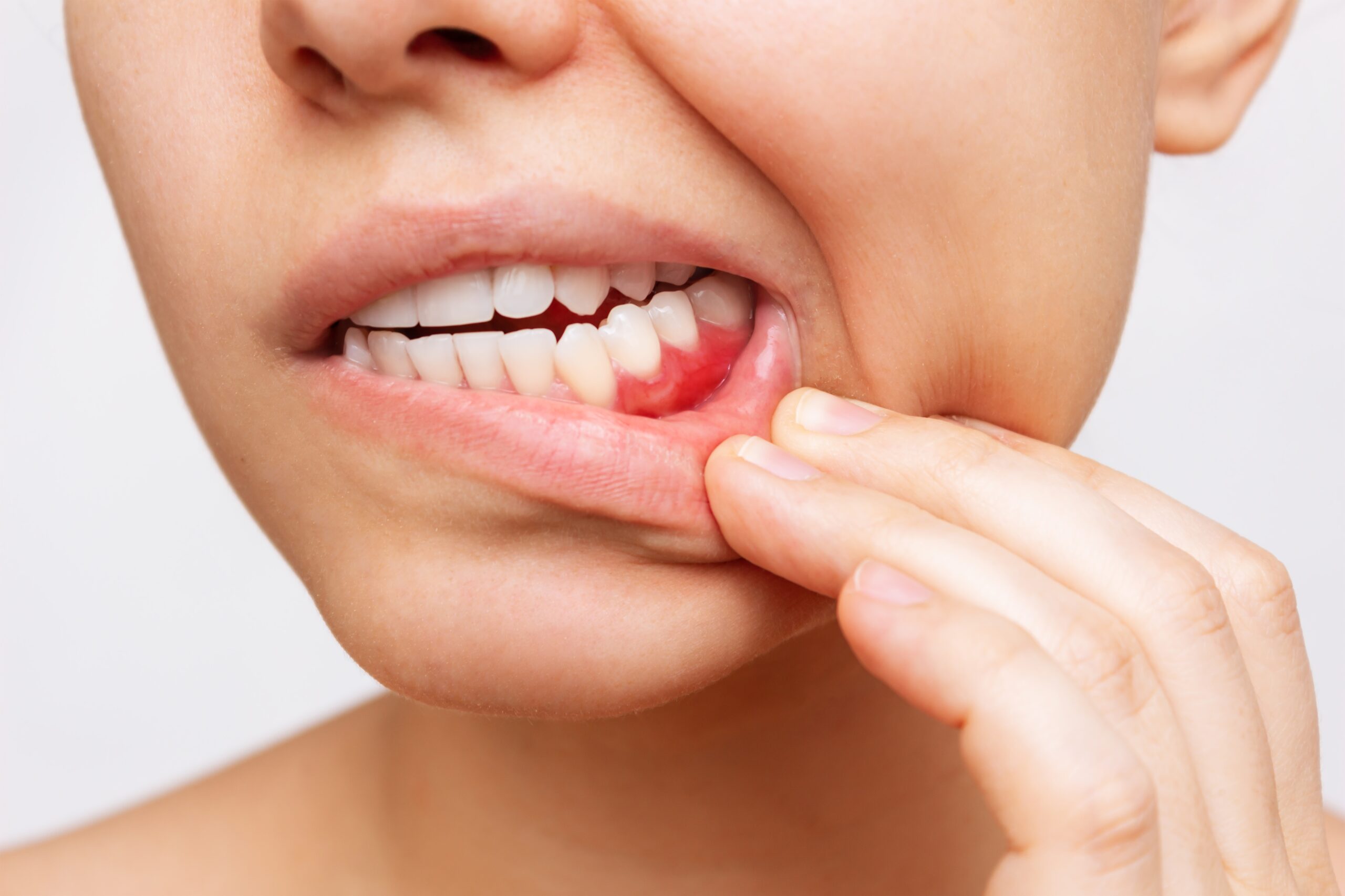How to Brush Your Teeth the Right Way
-
October 8, 2025
-
2 Minutes

Most of us learned how to brush our teeth as kids, but when was the last time you gave your brushing routine a second thought?
In just two minutes, you can remove plaque, strengthen enamel, and help prevent gum disease and bad breath.
Why Brushing Matters More Than You Think
Brushing your teeth isn’t just a good habit, it’s your best defense against plaque. That sticky, invisible film on your teeth is packed with bacteria. Left alone, those bacteria release acids that wear down enamel, cause cavities, irritate your gums, and lead to bad breath.
Here’s what good brushing can do:
- Remove plaque and food particles
- Protect your enamel with fluoride
- Prevent gum disease and tooth decay
- Keep your breath fresher
Over 90% of dental problems are linked to plaque buildup. That’s why brushing really is the foundation of a healthy mouth.
How to Brush Your Teeth: Step-by-Step
These steps will help you brush more effectively:
- Choose the Right Toothbrush
Go with a soft-bristled electric toothbrush and a small head that can easily reach all areas of your mouth. - Use Fluoride Toothpaste
A pea-sized amount is plenty. Fluoride strengthens your enamel and helps protect against cavities. - Angle the Brush Correctly
Hold the brush at a 45-degree angle toward your gumline. This allows the bristles to clean where your teeth and gums meet. - Brush in Gentle Circles
Use small, circular motions or a gentle back-and-forth motion. Don’t press too hard, gentle pressure is all you need. - Clean all surfaces
Hold the brush flat and scrub the top of your teeth where food gets trapped in the grooves.
- Outer surfaces: Brush each quadrant of your mouth methodically.
- Inner surfaces: Tilt the brush to maintain that angle and reach the inside of your teeth.
- Chewing surfaces: Scrub flat on the tops of your molars where food gets trapped.
- Tongue: Gently brush your tongue or use a tongue scraper to reduce bacteria and freshen your breath.
How Long Should You Brush?
Two minutes is the sweet spot. It’s easy to rush, but cutting your time short means missing important areas.
Small Changes, Big Impact
Even small tweaks to your brushing routine can lead to:
- Fewer cavities
- Healthier gums
- Fresher breath
- Better long-term oral health
Brushing correctly takes just two minutes but it supports a lifetime of healthy smiles. If you’re looking for more ways to improve your oral health at home, schedule a live video call with a Dentistry.One dentist.



